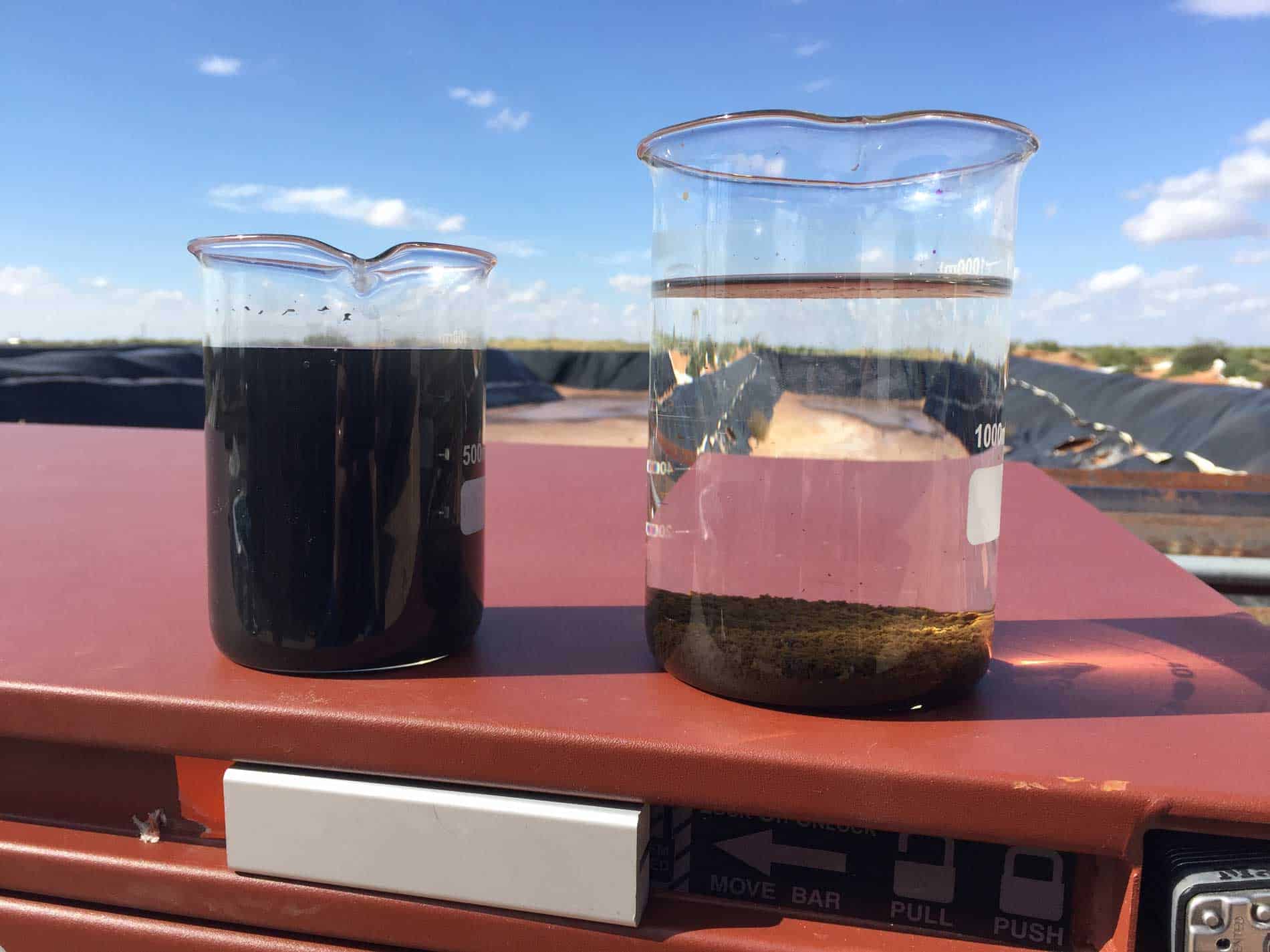JIS K0101 Alkalinity of Process Water Test
The JIS K0101 standard is a vital component in ensuring water quality compliance and process efficiency within the oil & gas sector. This test measures the alkalinity of produced water and process water, which is critical for maintaining optimal operational conditions and preventing corrosion in pipelines and equipment.
Alkalinity plays a crucial role in determining the buffering capacity of water against pH changes. In oil production, high levels of alkalinity can indicate the presence of bicarbonate salts, which are commonly found in produced waters from various formations. Understanding these parameters is essential for optimizing processes such as desalination, water reuse, and waste treatment.
The test procedure outlined in JIS K0101 involves titration using a standard acid solution. The endpoint of the titration is reached when the alkalinity level is fully neutralized by the acid. This method provides precise results that are essential for regulatory compliance and internal quality control within oil & gas operations.
Properly conducted JIS K0101 tests help ensure that water treatment processes are effective, thereby reducing the risk of equipment damage due to corrosion and ensuring that produced water is safely disposed of or reused. This not only enhances operational efficiency but also contributes significantly to environmental sustainability by minimizing waste and resource consumption.
For quality managers and compliance officers, understanding the nuances of this test ensures adherence to industry standards and best practices. For R&D engineers and procurement specialists, accurate alkalinity measurements are fundamental in developing new technologies that improve water treatment processes and promote sustainable practices.
Benefits
The JIS K0101 Alkalinity of Process Water Test offers several key benefits to oil & gas operators:
- Enhanced Operational Efficiency: By ensuring that water treatment processes are effective, the test helps maintain optimal operational conditions and reduces downtime.
- Improved Equipment Lifespan: Monitoring alkalinity levels helps prevent corrosion in pipelines and equipment, thereby extending their lifespan.
- Environmental Compliance: The test ensures that water is treated appropriately before it can be reused or disposed of, aligning with environmental regulations and standards.
- Sustainable Practices: By minimizing waste and resource consumption, the test contributes to more sustainable oil & gas operations.
Industry Applications
The JIS K0101 Alkalinity of Process Water Test is widely used in various segments of the oil & gas industry:
- Produced Water Management: Monitoring alkalinity levels helps in understanding and managing produced water quality, which is crucial for effective disposal or reuse.
- Water Treatment: The test plays a key role in optimizing water treatment processes to ensure that the water meets specific standards before it can be reused or discharged.
- R&D and Innovation: Accurate alkalinity measurements are essential for developing new technologies that enhance water quality and efficiency within oil & gas operations.
International Acceptance and Recognition
The JIS K0101 standard is internationally recognized for its accuracy and reliability in measuring alkalinity levels. This standard is widely adopted by oil & gas operators, regulatory bodies, and environmental organizations around the world.
Regulatory compliance: Many countries use this test as a benchmark for ensuring that produced water meets environmental standards. For instance, the European Union's directives on water quality often reference JIS K0101 results.
Global recognition: The standard is endorsed by several international bodies including ISO and ASTM. This ensures that tests conducted according to this method are universally accepted and comparable across different regions.
The high level of acceptance of the JIS K0101 test underscores its importance in maintaining consistent quality standards within the oil & gas industry, thereby fostering trust among stakeholders and contributing to the overall reliability of water management practices.





